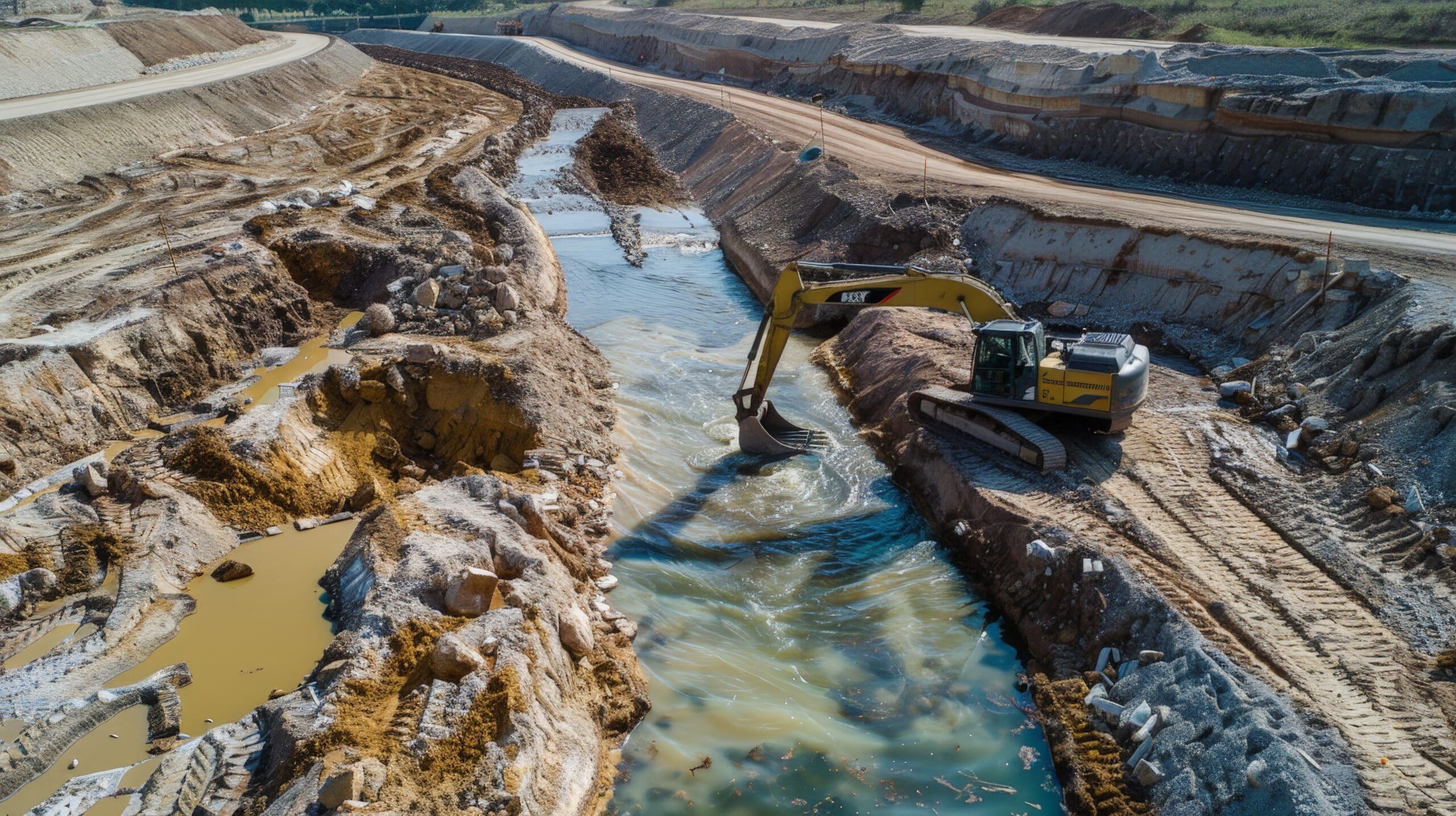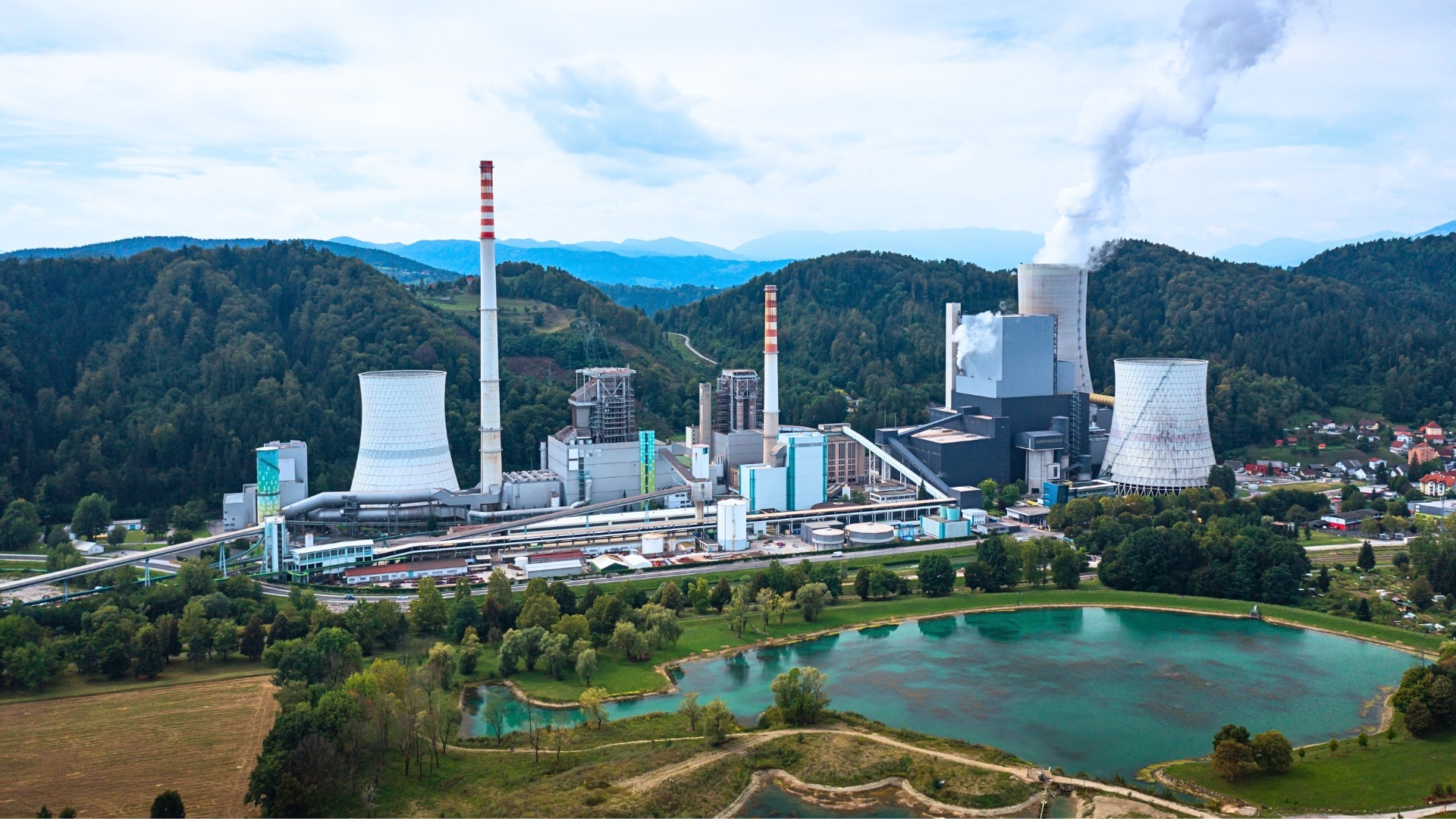Water quality degradation
Frequent outbreaks of algal blooms often degrade water in hydroelectric dams worldwide, making the water unusable as a drinking water or irrigation supply.
Removing algae or algal by-products from water treatment plants where water is taken from a dam is costly and time consuming (e.g. the removal and cleaning of sand filters) and therefore impractical.

Benefits of ultrasonic algae treatment
Lower chemical expenses
Improve operations of filters and pipes
Prevent toxic algal blooms

Algae problems in hydroelectric dams
- Low-power ultrasound, no cavitation
- No release of algal toxins
- 100% safe for the environment
Rising temperatures, prolonged water stagnation, extreme weather and increased runoff of nutrients from urban and agricultural lands all compound algae problems in hydroelectric dams.
Especially in the summer months, when the water temperature increases, algal concentrations can grow exponentially and form dense surface scums.
MPC-Buoy
All-in-one solution for controlling algae in drinking water reservoirs.

Questions?
Receive more information and a free quotation.
Frequently asked questions
-
What is the impact of LG Sonic ultrasound on zooplankton?
Recent studies commissioned by the Dutch water board and conducted by research agency Ecofide have concluded that the LG Sonic ultrasound is safe for fish, plants, zooplankton, and other aquatic organisms.
-
Why control the algae if nutrients are the problem?
Reducing nutrients is, of course, also necessary but difficult to achieve, even in the long-term. The majority of nutrient management methods are costly and require frequent dosing with unknown side-effects for the aquatic ecosystem. Besides, the duration and intensity of algal bloom events is strongly depended not only on nutrients but also on a combination of environmental factors, such as climate change, weather patterns, and an unbalanced ecosystem.
-
What kind of water does your ultrasound work in?
The MPC-Buoy technology can be installed in freshwater, salt water, and brackish water.
-
What’s the largest water body that has LG Sonic implemented? Any issues linking many buoys?
We have multiple projects with large numbers of MPC-Buoy units installed. For example, in Dominican Republic, 50 MPC-Buoys are in operation in a 7km2 reservoir. The buoys communicate with each other for optimal treatment.
-
What's the minimum depth of water required for LG Sonic treatment?
We recommend a minimum water depth of 3 feet / 1 meter.












